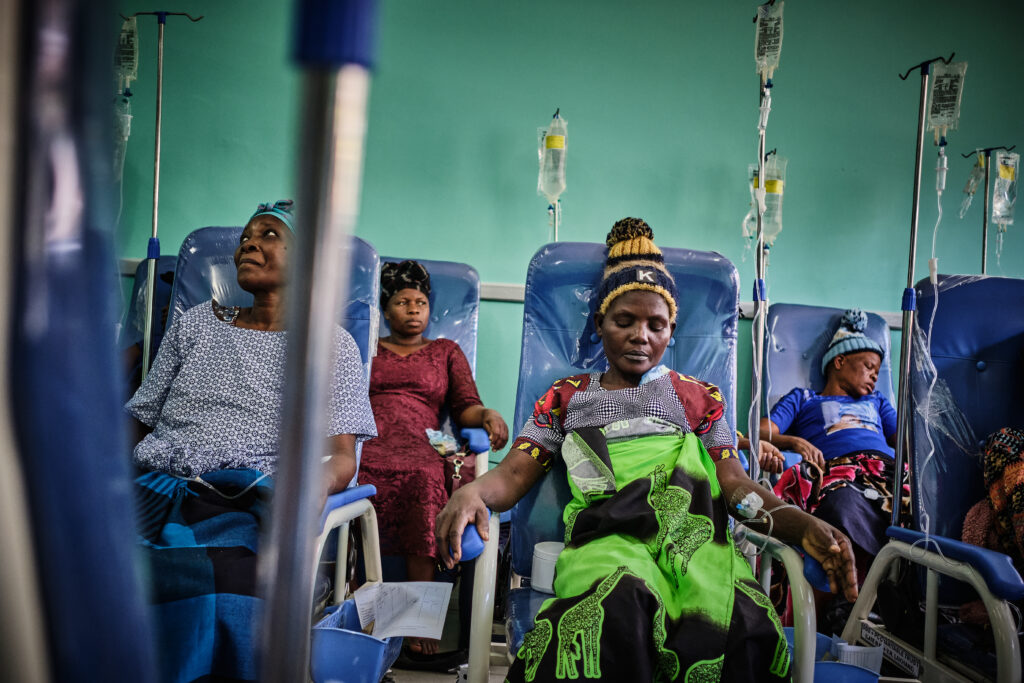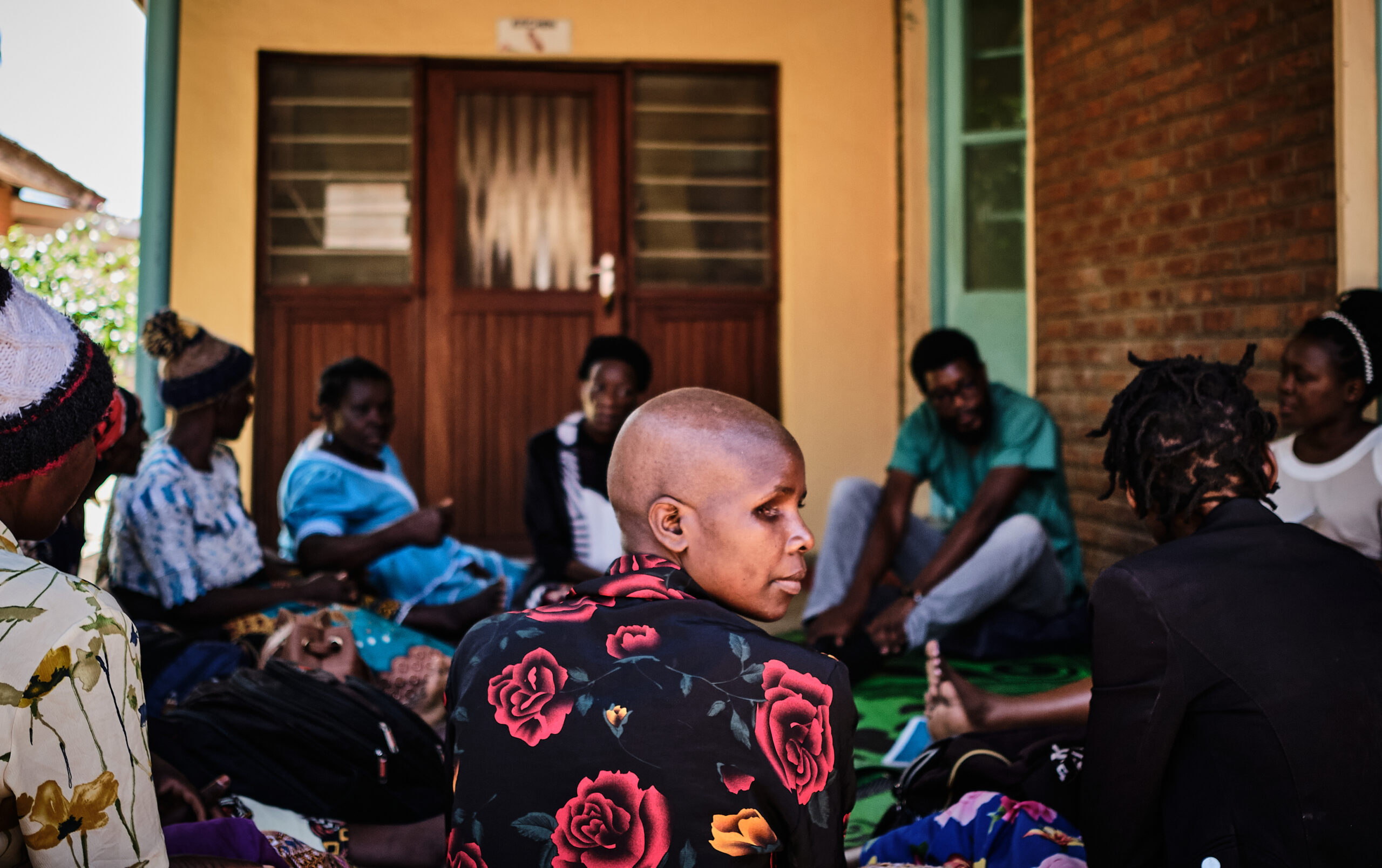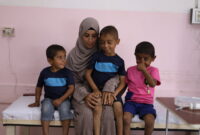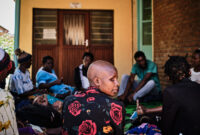Five misconceptions about palliative care
MSF nurse Rachel Yantzi shares what palliative care really means.
Rachel Yantzi is a nurse and mobile support technician with a specialization in pediatric and neonatal palliative care. She works with Doctors Without Borders/Médecins Sans Frontières (MSF) teams in different contexts to improve the quality of patients’ care. She shares the five most common misconceptions about her work and what palliative care really means.
That it means stopping active care
One of the biggest misconceptions is that we’re abandoning patients or stopping treatments that should continue. I spend a lot of time helping people understand what we do is adapt care to the patient’s condition and their priorities: we’re never stopping treatments that might benefit them. That’s very clear.
People sometimes think palliative care and euthanasia are similar but they’re not at all the same thing. Curative and palliative treatment aren’t opposites and can in many cases work alongside each other.
That it’s only for older people
People are surprised to learn I work with newborns and small children, because palliative care is often thought of as something for older adults or people with cancer.
The idea that children and babies might need palliative care can make people feel surprised and sad. They might assume that doing this work all the time must be really depressing. It is often very sad, but it can also be rewarding to support staff in providing this care to children and their families.
Unfortunately, death is unavoidable in our projects. So whether or not we call it palliative care, our staff are caring for people at the end of life. But by supporting staff, we can transform something that is always going to be painful into something that is also, in many cases, a validating experience.
In my work with a neonatal team in Burkina Faso, communication with families was crucial. I’ve seen how colleagues have been able to build trust with families, which means even when the outcome is difficult, the family still appreciated they were kept well informed and trusted we did as much as we could.
Many of my colleagues say it’s transformed how they do medicine. In the past, if they had difficult news to share, it could often be a moment of conflict between the medical team and the family. Now, I know doctors and nurses who have kept in touch with the family months later, even when the child didn’t survive. By communicating more openly, they’re able to build strong, trusting relationships.

That humanitarian medicine is only about saving lives
We have a moral obligation to patients to provide them with care even if we can’t save their lives.
At MSF, we talk a lot about saving lives, relieving suffering and promoting the dignity of our patients. If we focus only on lifesaving care, we’re forgetting this other part of what’s important to us.
That it’s just something people think about in high-income countries
There can be a tendency to think palliative care is an idea developed in the high-income countries then disseminated across the world.
In fact, it’s important to remember that in all cultures and places, people have ways of coping with loss and caring for people who are seriously ill or who are at the end of life. Good palliative care helps to build on those strengths.
Some of these ways of coping can be disrupted during a humanitarian crisis because of conflict or disaster. That’s why it’s so important to recognize what people already do and support that.
That morphine and opioids can’t be used safely
In Canada we have a big problem with opioid addiction and misuse, so I understand why people have fears around these drugs. But with proper controls in place, we can safely make these medications available for the patients who really need them.
For some doctors and nurses with MSF who have very little exposure, they might feel that it’s very risky to prescribe these drugs and that they’re always going to have major side effects.
In a way it’s a perception issue, but this often changes when staff gain more experience and confidence in comfort care and understand how and when to use this kind of pain management.
In addition, sometimes people think palliative care is limited to pain management, when really, it’s a holistic, patient-centred approach that addresses psychological, emotional, social and spiritual suffering.












